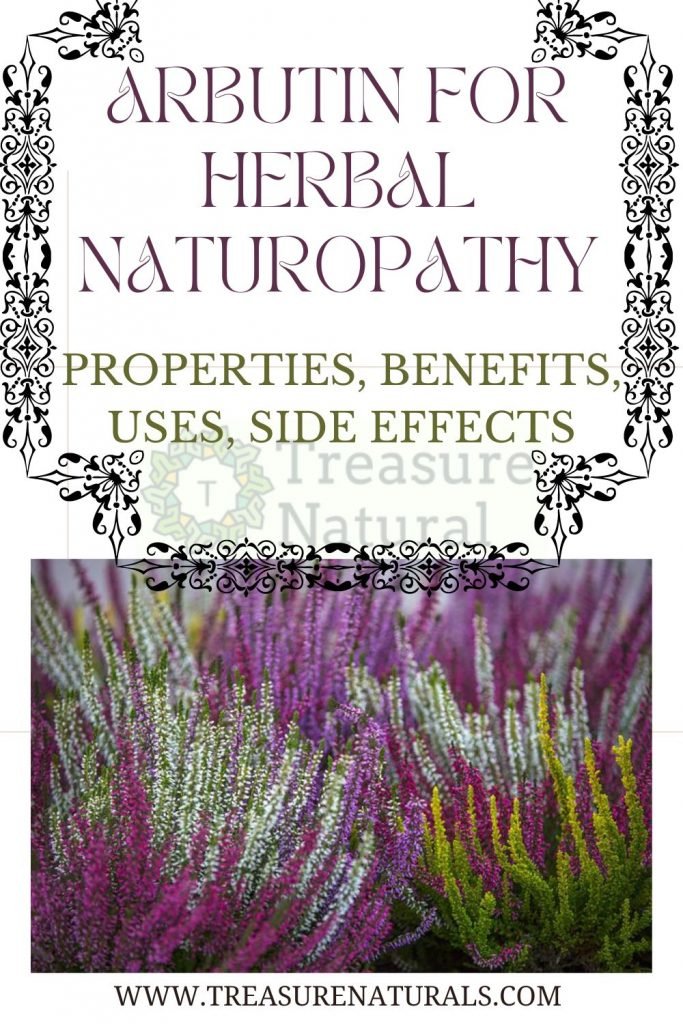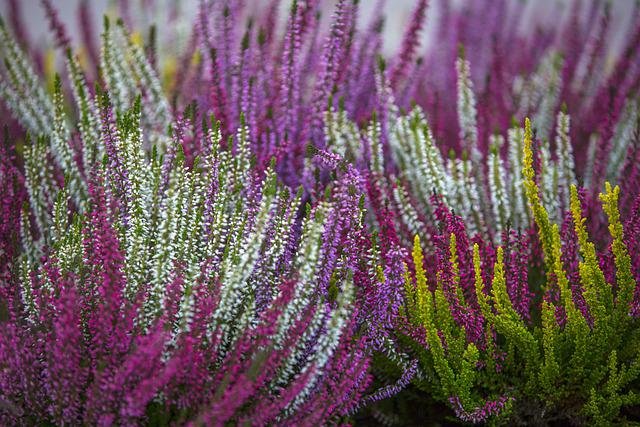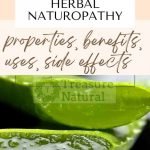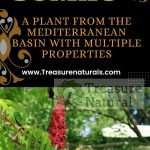
Arbutin (hydroquinone β-glucoside) is a hydroquinone glucoside active in the treatment of urinary tract diseases, in particular in cases of cystitis, urethritis, dysuria (pain, burning in urination, difficulty in retaining urine). Its action is carried out by basic hydrolysis in the intestine and the release of hydroquinone, responsible for the antimicrobial, astringent and disinfectant action in the urinary tract.
Where is arbutin found
The name Arbutina derives from Arbutus sp., A plant of the Ericaceae family to which the strawberry tree (Arbutus unedo L.), typical of the Mediterranean scrub, belongs.
Arbutin is present in plants of the Ericaceae family such as Calluna vulgaris (L.) Hull, Vaccinium vitis-idaea L. and Arctostaphylos uva ursi (L.) Spreng, in combination with its methylated form, methyl arbutin.
The tropism that this family of plants shows for the urinary tract and the admirable action it performs is guaranteed not only by arbutin, but as often happens in phytotherapy, by the entire phytocomplex (complex combined with all the functional substances contained in the drug).
The Ericaceae phytocomplex in general is composed of hydroquinone derivatives (arbutin), tannins, phenolic compounds, flavonoids, triterpenes, monoterpenes, resins, volatile oils and waxes.
Arctostaphylos uva ursi (L.) Spreng is the plant most used for pharmaceutical preparations against inflammation of the lower urinary tract. It is a prostrate evergreen shrub, with long creeping stems from which short ascending branches branch off bearing the leaves from obovate to obovate-spatulate up to spatulate.
The flowers, which grow at the ends of the branches, are collected in small clusters, are small and white-pink in color and have a funnel shape. It grows in mountain and subalpine pine forests, rhododendron bushes, stony ground and pastures, from the mountain to the alpine belt.
The fruit is considered edible even if it has an acidic and unpleasant taste.
The drug, or the part of plants used for its content in active ingredients, is represented by the leaves.
Properties of arbutin
Arbutin is considered a pro-drug, i.e. after oral administration, arbutin is hydrolyzed by the intestinal flora (e.g., Escherichia coli ) with release of aglycone hydroquinone, which, once absorbed, is eliminated in the urine after esterification with the glucuronic acid or with sulfuric acid.
During the elimination the hydroquinone exerts its antiseptic action.
Arbutin is present in bearberry leaves in concentrations ranging between 5% and 7%, although studies on some populations have shown that the concentration is higher in autumn than in spring, when it reaches levels above 9%.
Other components of the phytocomplex such as tannins, triterpenes, formic acid, potassium salts, mucilages and iridoids, complete the action of plants on inflammation in the urinary tract, carrying out an anti-inflammatory, analgesic, diuretic, antihemorrhagic, protective vessel, antimicrobial.
An effective action of arbutin is achieved in a weakly basic urinary environment, in fact only in these conditions is the hydrolysis reaction of arbutin into hydroquinone favored. The basic environment is reached naturally in the presence of bacteria such as Proteus sp., in other cases it is necessary to alkalize the urine either with alkalizers (sodium and potassium citrate, sodium bicarbonate) or with a vegetarian diet that obviously prefers alkalizing foods or base generators.
Alkalinization of urine was not a prerequisite for the antiseptic properties of hydroquinone released from arbutin, as it is assumed that the hydrolysis of arbutin is catalyzed by intracellular enzymes present in the cytoplasm of bacteria such as Escherichia coli, a bacterium that normally infects the urinary tract.
The plant most used in commercial products due to the presence of arbutin is Arctostaphylos uva ursi (L.) Spreng, which is found in different pharmaceutical forms: in hydroalcoholic extract or mother tincture, in dry extract titrated in 6-10% arbutin or in herbal tea cut.
Arbutin in cosmetics
Arbutin is also used as an ingredient in cosmetic preparations due to its depigmenting properties and because it is better tolerated than hydroquinone.
Arbutin works by inhibiting the activity of tyrosinase (the enzyme responsible for the transformation of tyrosine into melanin), competing with tyrosine for the same receptors.
In cosmetics it is found in varying concentrations between 1% and 10%.
Contraindications of arbutin

Arbutin is contraindicated in pregnancy, lactation, in people with severe liver problems and in digestive irritative diseases.
Furthermore, studies show that high dosages of bearberry (higher than ten times the recommended dose) can induce vomiting, nausea, nervousness, insomnia, due to the toxicity of hydroquinone. The recommended therapy therefore provides short cycles and doses that are not too high.
Due to the oxidation of hydroquinone, the urine of patients taking bearberry becomes a greenish-brown color, which darkens on exposure to air.






